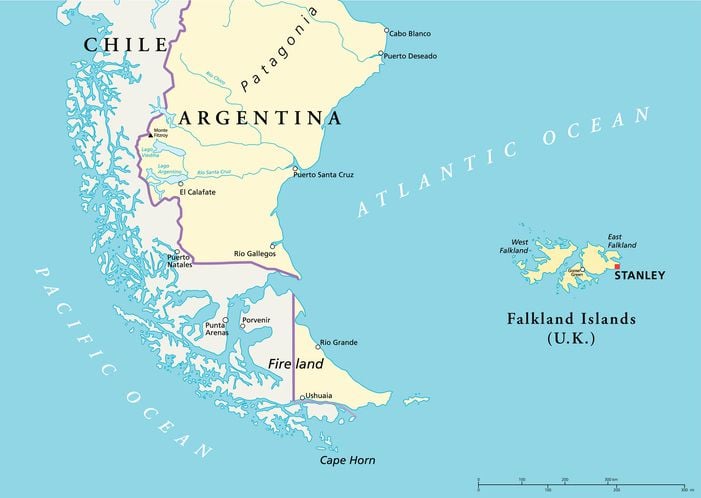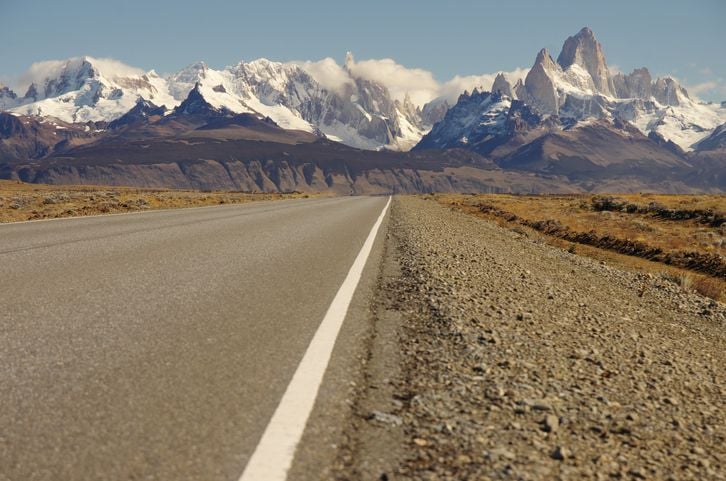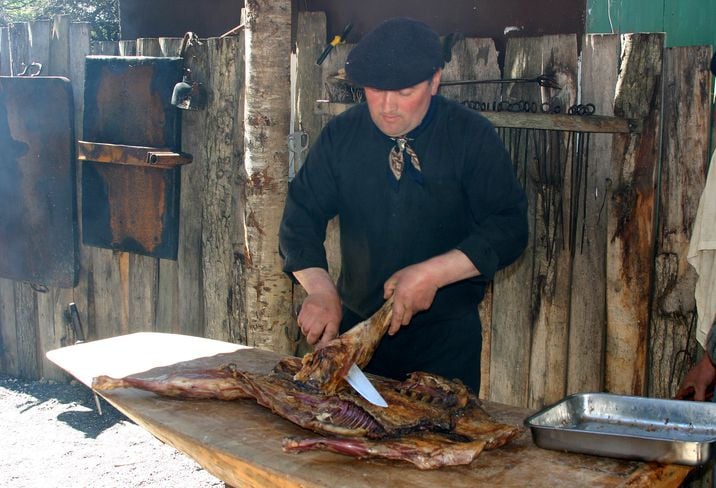You’ve booked your flights and you’re ready to land in one of the planet’s most exceptional areas of natural beauty. But before you travel, it’s worth reading the following essential Patagonia facts to make sure that your trip runs as smoothly as possible.
Essential Patagonia facts about the region
It’s huge and sparsely-populated
As with all parts of South America, the sheer scale of Patagonia can often surprise – and derail plans of visiting distant cities and national parks. Covering 402,704 sq.-miles (1.043 million km²), Patagonia is not a place that can be seen in one short trip. With under two million inhabitants, most of whom live in a clutch of towns and cities, traveling vast distances is a unavoidable feature of a vacation here.
To make the most of what is truly a spectacular part of the continent, careful itinerary planning (our article with suggested Patagonian itineraries should come in handy) combined with an understanding of how to get from A to B using local transport (see below) should enable you to experience as much of the region as possible.
Patagonia lies within the territories of both Argentina and Chile
Although some visitors might get confused by this, one of the most significant Patagonia facts to know is that Patagonia is not a country. Instead, it’s a region comprising the southern parts of Argentina and Chile. And while its exact boundaries are somewhat disputed, there’s a general consensus that it starts around Bariloche and Puerto Montt and extends to the tip of the continent.
 This means that when traveling between Puerto Natales and El Calafate, for example, you will be required to cross the border between Chile and Argentina and must ensure that you have the necessary visas for both countries.
This means that when traveling between Puerto Natales and El Calafate, for example, you will be required to cross the border between Chile and Argentina and must ensure that you have the necessary visas for both countries.
Multiple languages are spoken in Patagonia
Although Spanish might be the official language in Patagonia, don’t be surprised if you come across German, English, Italian and even Welsh speakers on your travels. The region has long been on the receiving end of immigrants from Europe and beyond, so you’ll probably meet people with a fascinating range of different heritages.
But before you start reaching for multi phrasebooks, remember that there are plenty of English-speaking tour operators in the region, who can help to ensure that communication is as simple as uno, dos, tres.
Essential Patagonia facts for travelers
There are eleven airports in Patagonia
Traveling around Patagonia can be a slow process, as huge distances must be covered to get between the main attractions. Most travelers use a combination of buses and flights.
 Bus terminals in most towns and cities connect travelers with the main places in Patagonia and tickets can easily be booked through tour agencies, online or from the companies themselves. Buses generally have several departures between towns per day, although for some long distances, expect to travel overnight.
Bus terminals in most towns and cities connect travelers with the main places in Patagonia and tickets can easily be booked through tour agencies, online or from the companies themselves. Buses generally have several departures between towns per day, although for some long distances, expect to travel overnight.
To get into the region initially and if you wish to travel between places more quickly, domestic flights are useful. Our guide to the airports in Patagonia should help you to plan your route, just be aware that prices can rise in peak season and it’s a good idea to book well in advance to confirm availability.
Vehicle hire can cut travel costs and grant extra flexibility
It’s also possible to hire vehicles with international companies to travel in Patagonia, particularly along some of the region’s most famed routes, such as the southern stretch of Ruta 40 in Argentina and Chile’s Carretera Austral. Be aware that if you plan on crossing between the two countries, you require additional insurance that must be arranged with your car hire company in advance. It’s also essential to plan carefully where you will fill the car up with petrol, as places for purchasing fuel can be few and far between.
Hotels and accommodations are comfortable and luxurious
As Patagonia has grown in popularity as a vacation destination, the quality of accommodations has soared. Expect to find four-star lodgings in larger towns and cities, as well as those in unique places, such as luxury eco-domes in Torres del Paine National Park and comfortable cabins on expedition cruise liners through the Chilean fjords.
Patagonian food and drink is legendary
The food in Patagonia has acquired legendary status and for good reason: it’s delicious! Perhaps the most famous Patagonian dish is roast lamb, traditionally cooked on a spit over an open fire.


 The drinks offerings are excellent too. Although wine is conventionally grown in the central regions of Argentina and Chile, a small clutch of vineyards is found on the northern edges of Patagonia and red wine hailing from Argentina’s Mendoza and Chile’s central valley is available in all parts.
The drinks offerings are excellent too. Although wine is conventionally grown in the central regions of Argentina and Chile, a small clutch of vineyards is found on the northern edges of Patagonia and red wine hailing from Argentina’s Mendoza and Chile’s central valley is available in all parts.
Another ubiquitous Patagonian tipple is the Calafate sour. Made from mixing sugar, lemon juice and Chilean pisco with liquor made from the Calafate berry, a fruit that grows in the region, the Calafate sour is a delicious take on the more famous pisco sour.
No comments yet
There are no comments on this post yet.





Leave a comment